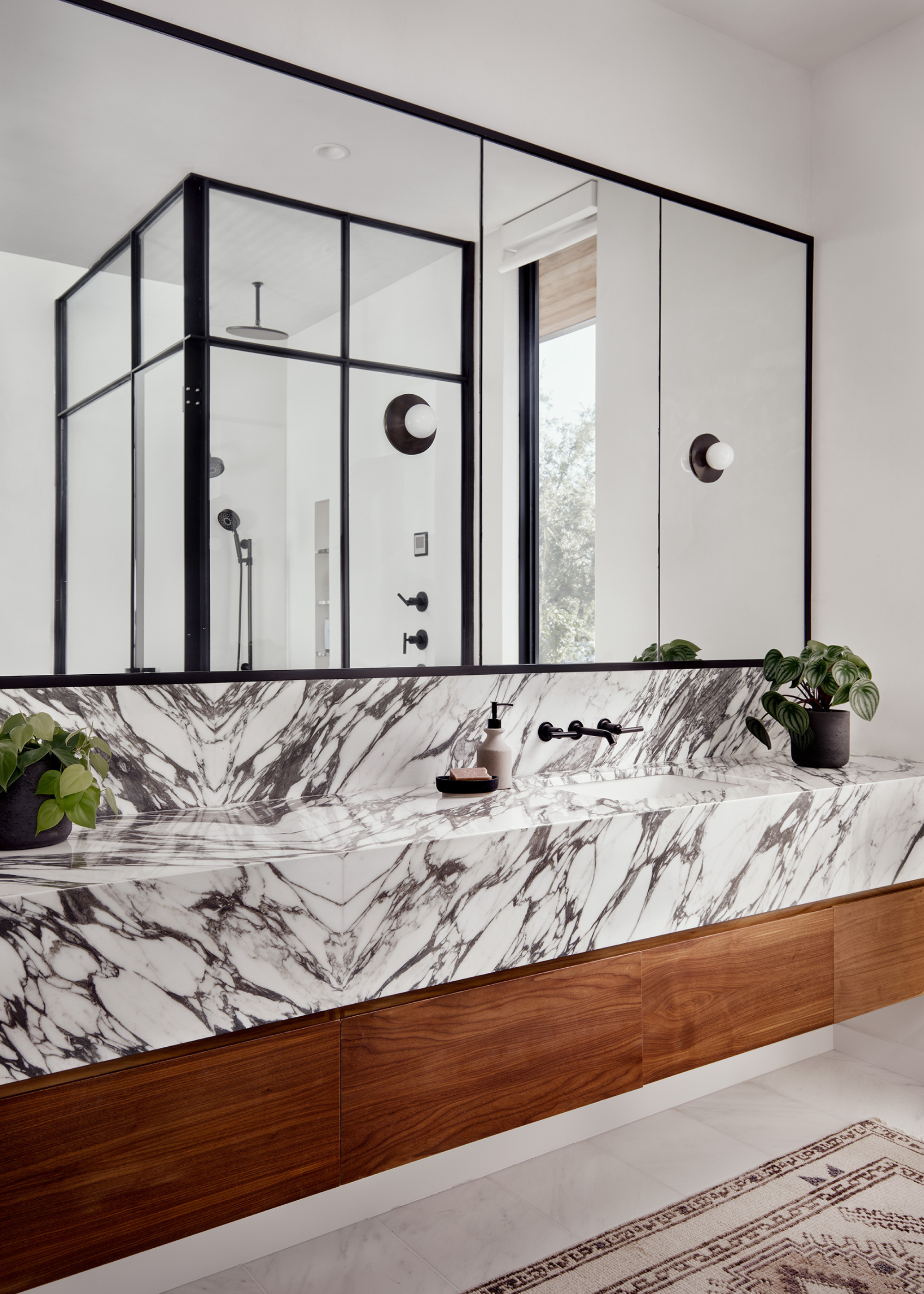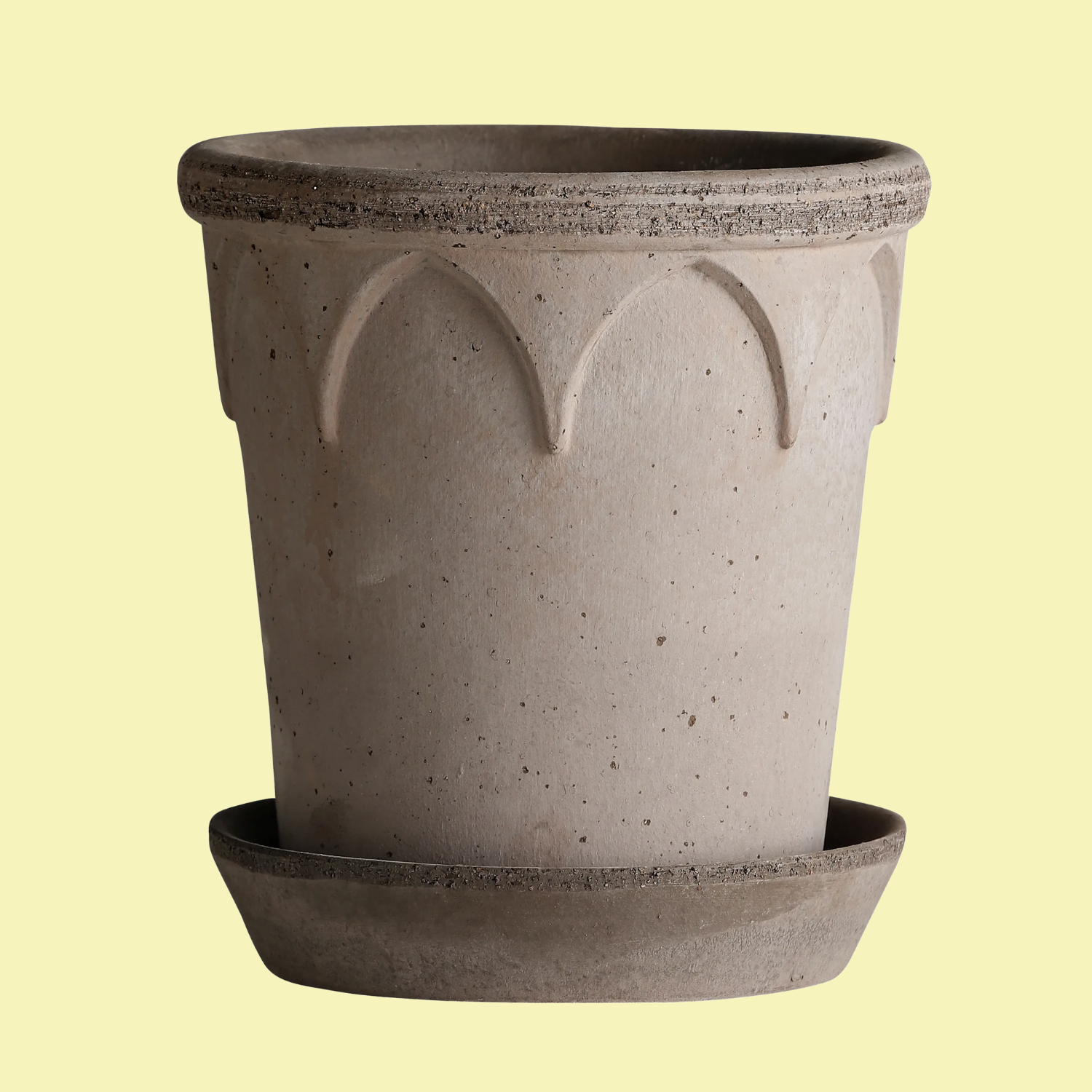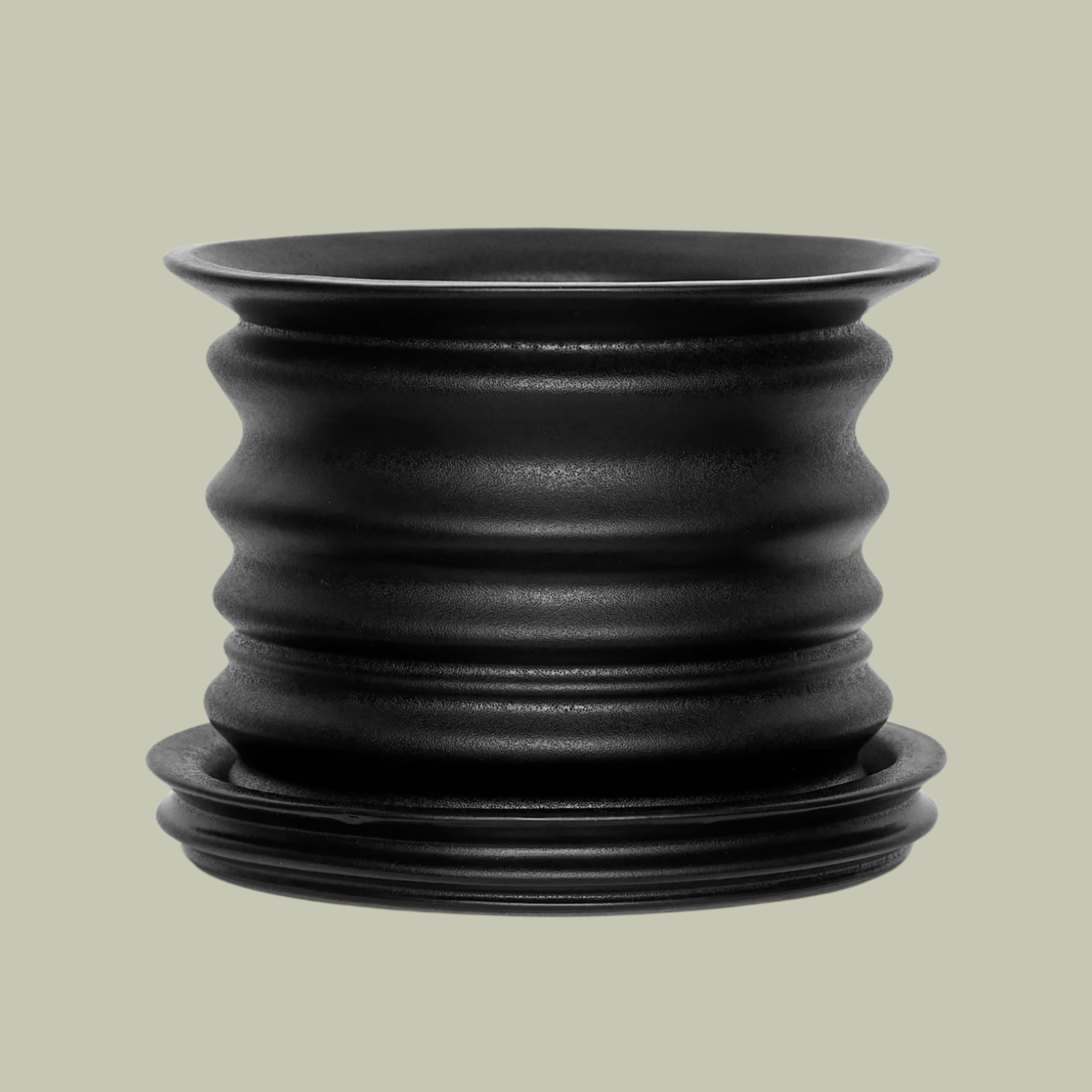This Is the One Thing I Wish I'd Known Sooner About Watering Houseplants in Winter — It Can Ruin Your Growing Efforts Over One Season
Taking care of your plants doesn't end with hydrating your garden; there's one step after that you might be missing


By now, you might be familiar with the fact that the culprit behind most failing winter interior gardens lies in the watering schedule. And of the two extremes, overwatering is a more common problem.
This is because the dry air and drop in temperatures often make us overcompensate in terms of our winter watering schedule for houseplants. But even if you manage to master your plant care, there is one step you should never go without. And that's draining your planter's saucer.
Although it might seem unnecessary and rather simple, this small change can make a major difference in your indoor garden. Here's why.
Why Should You Prioritize Drainage in Your Winter Houseplants?

This neat tip will keep your plants from rotting over the winter months.
"In winter, most houseplants absorb water more slowly because of the reduced light and cooler indoor temperatures," says Peter Ivanov, plant expert at Fantastic Gardeners. "When the water is left sitting in a saucer or cachepot, the plant’s roots remain in constant contact with excess moisture."
Even the best winter houseplants can face the aftermath of a full saucer of stagnant water. So, implementing this step into your watering routine will help you drain any water your plant isn't absorbing and help your garden feel perfectly hydrated — no more, no less.
And, unfortunately, there are some consequences to leaving your houseplants soaking in a saucer full.
Peter Ivanov is a gardening and plant expert who has been working at Fantastic Gardeners for eight years. As one of the company's top-performing experts, he now manages over six teams of gardeners, delivering stunning landscape results and fostering a deep connection with nature through his work. With his green thumb, leadership skills, commitment to sustainability and determination to learn, Peter's wish is to leave a lasting mark in the world of gardening.
Consequences of Neglecting Drainage

Forgetting to drain your plants might lead to yellowing leaves and a bout of root rot.
Peter tells me that leaving your plants in a cachepot of water prevents proper aeration in the soil and deprives the roots of oxygen, leading to root rot. "Once root rot begins, the plant will often show signs such as yellowing leaves, stunted growth, and eventually wilting, even though the soil appears wet," she says.
The Livingetc newsletters are your inside source for what’s shaping interiors now - and what’s next. Discover trend forecasts, smart style ideas, and curated shopping inspiration that brings design to life. Subscribe today and stay ahead of the curve.
"If the excess water is not drained regularly, the root tissue can break down to the point where the plant struggles to recover, sometimes leading to fatal results. Standing water in saucers can also contribute to fungus gnat infestations, because the insects thrive in consistently damp soil."
Overwatering is one of the most common problems for houseplants in winter. And while you might accidentally treat your plants to a glass too big, prioritizing drainage will help you combat this mistake.
How Do You Know If Your Planter Needs to be Drained?

A quick check post-watering will help you keep your plant's roots from drowning.
"One of the most important things to understand is that the soil’s surface may dry faster than the deeper layers, so it’s not enough to check only the top. You should test the moisture a couple of centimetres down," says Peter.
"It’s also helpful to water the plants earlier in the day, allowing any excess moisture on the leaves or the soil surface to evaporate before the cooler night period, which reduces the risk of fungal issues."
As a rule of thumb, you can check your planter's saucer around 30 to 60 minutes after watering. At this point, if there's any pooled water, I recommend draining it out to avoid root rot and aid healthy growth.
Indoor Planters With Saucers

Color: Gray
Pair this cool Elizabeth Flower Pot from Bergs Potter with this well-draining Houseplant Potting Mix from Westland for an unbeatable duo.
FAQs
What Can I Use Instead of a Plant Saucer?
If you have any curbed dinner plates that don't get any use, you can repurpose them into makeshift saucers for your indoor garden. Just remember to also ensure that your planter has a drainage hole or carefully use a drill to make one. Alternatively, you can also gift your garden these Terracotta Pot Plant Saucers from Amazon.
Speaking of winter interior gardens, now's a great time to grow your collection by including some special festive foliage. Our guide to Christmas plants features the most stylish cultivars worth gifting or saving for your own space. Plus, some tips on when to start growing them, too.

Amiya is a Home Wellness Writer at Livingetc. She recently graduated with a Masters Degree in Magazine Journalism from City, University of London, and has lent her words to beauty, fashion, and health sections of lifestyle publications including Harper’s Bazaar and Women’s Health. Her experience as a research analyst has equipped her with an eye for emerging trends. When she’s off the clock, she can be found reading, listening to music, or overanalyzing her latest Co-Star update.

